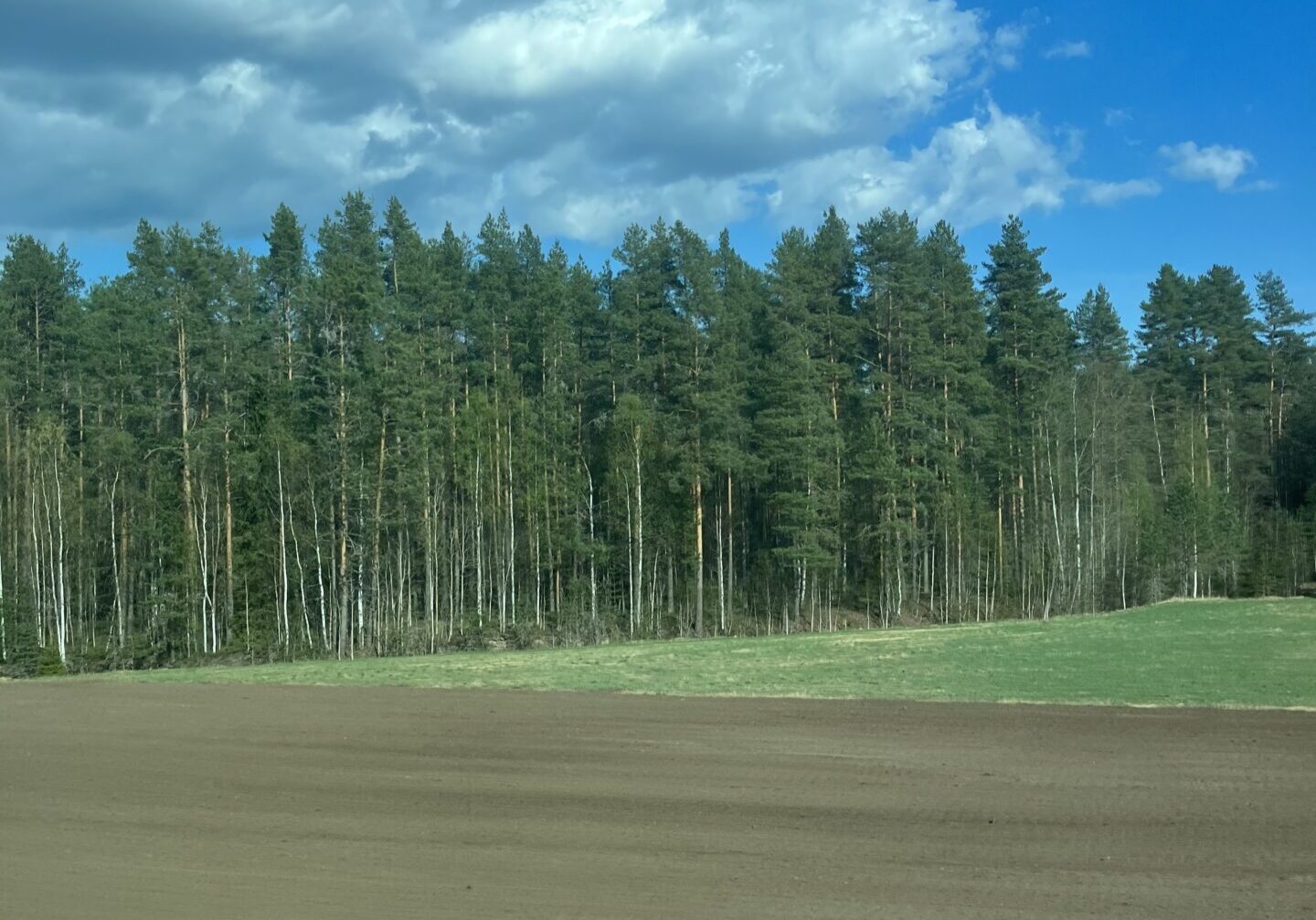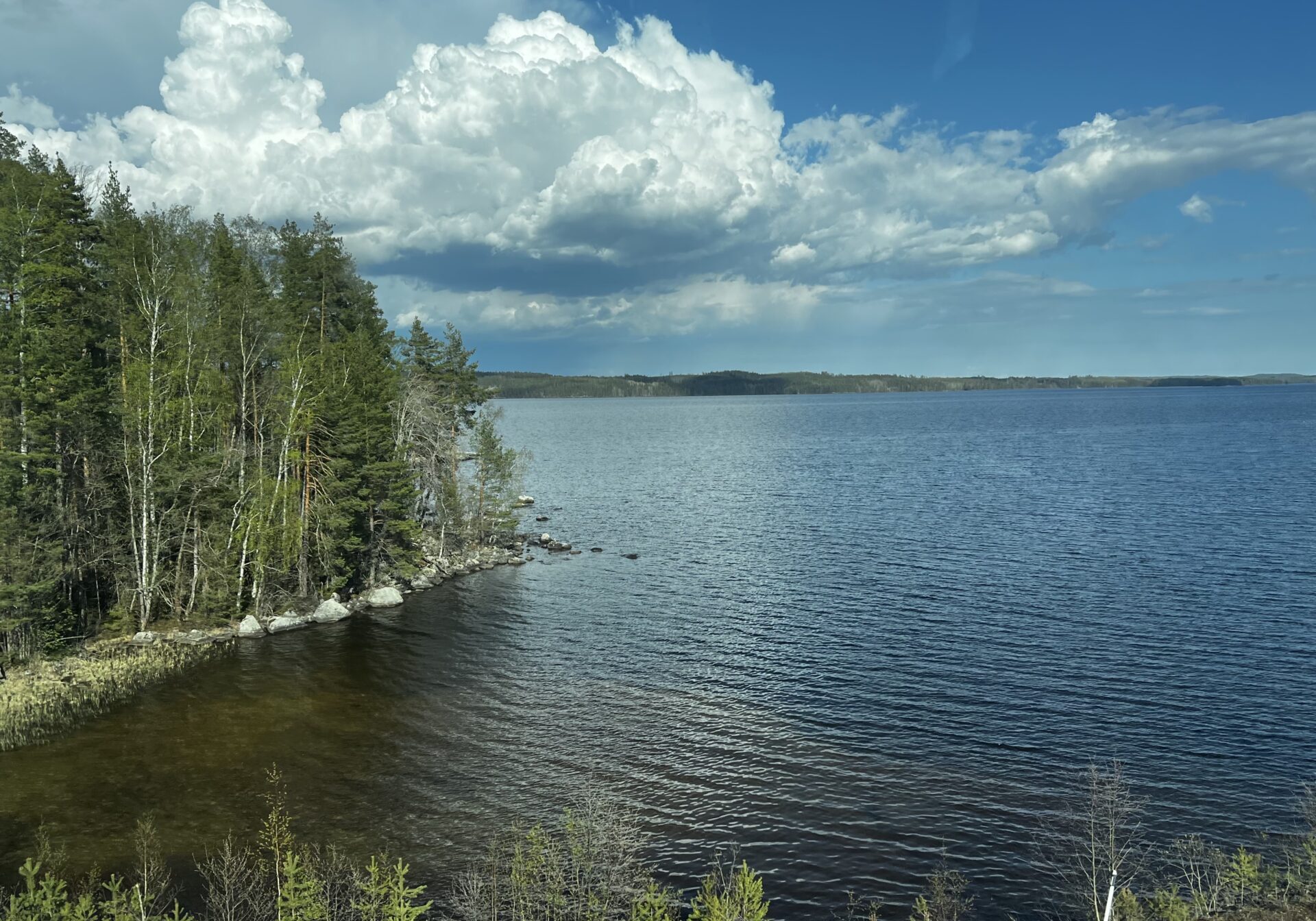This morning, before we left Helsinki, we were hosted by Nina Mikander, Global Director of Policy for Birdlife International. She put on a magnificent brunch – a big thank you from Curlew Action!
Our conversation was wide-ranging, from the declining status of ‘meadow birds’, of which curlew are just one, to the main threats facing Finnish wildlife (agriculture, climate change, habitat loss), to how to cope with the increasingly important issue of ecological grief. More on that later.

Curlews are doing OK in Finland, especially in more northerly areas in the open bogs and mires, and on some farmland, but in the south, they suffer the same issues as our birds in intensively farmed landscapes, namely loss of habitat and drainage of land. They are one of a host of farmland birds that have seen big declines as land has been drained and converted to arable fields. Interestingly, one issue that doesn’t seem to chime with our experience in the UK is that predation is nothing like as big a topic.
Nina stressed the much more complete suite of predators in Finland, giving a more balanced predator landscape. Lynx, in particular, are quiet managers of the forest ecosystem, keeping down deer numbers, which they specialise in eating. Foxes occur at lower densities in woodland with lynx than without them. There are issues with introduced predators such as racoon dogs and mink, which are actively controlled, but predation of wader eggs and chicks doesn’t seem to be a major issue compared to the UK.



After leaving Helsinki we travelled north to Joensuu, where we will spend the next few days. Our colleague Patrick Laurie from Working for Waders in Scotland was already here, working with David Jarrett from Durham University, more on that later too.
The nearly five-hour train journey took us through extensive tracts of managed woodland, dominantly comprising birch, pine, and spruce, interspersed with mostly arable fields of varying sizes. We saw no livestock at all. Large lakes glittered in the warm sunshine. We spotted a few lapwings, curlews, and whooper swans, and fields covered in thousands of barnacle geese. This part of Finland is a working, managed landscape, not wilderness. Nearly three-quarters of Finland is forest, most of it managed, whereas in contrast, nearly three-quarters of the UK is farmland. There are around 5 million people in Finland, compared to nearly 70 million in the UK, yet Finland is 1.4 times bigger than the UK. So, although both countries share globally important curlew populations, they are very different - the density of people, the predator landscape, the climate, the forests, and the industries.


After a great dinner with our hosts Snowchange (who we’ll talk more about later) I talked to David Jarret who is finishing his PhD on curlews breeding in both the UK and Finland. The whole interview will be on our youtube channel, but the highlights are below.

One of the biggest drivers of low predator pressure in Finland is the long winters, snow lies on the ground for 6 months of the year, temperatures often plummet to below minus 20 degrees, making it hard for predators to exist in any number, they just can’t find enough to eat. The wader breeding season only starts in May at the earliest. Meso-predators in Finland are at a lower number because of the local climate.
David also dampened the apex predator argument. There is no data to support the presence of apex predators and ground-nesting bird breeding success. In Finland, curlews do badly where there are wolves, for example, in the southern agricultural areas, and do better in the northern areas where wolves are not tolerated because they threaten hunting dogs. It is not a simple relationship. In additions, Finnish forests in this area are managed not only for commercial interests but also to maintain high numbers of black grouse for shooting – 280,000 black grouse were shot last year, as well as thousands of capercaillie. Predators are managed to maximise the grouse numbers, and curlews benefit. Predator management is patchy and varies in intensity, but it is fair to say that curlews in Finland – in Karelia anyway – don’t benefit from apex predators. Anyway, says David, in the UK we could never have enough wolves or lynx to make any difference to the numbers of foxes.

David thinks we need to be wary of drawing lessons from Finland when it comes to predators and forests - this is such a different country, different ecosystem, different culture and on a vastly different scale; already our small group has lots to ponder and discuss!
To see the full interview, please visit our youtube channel, but it will take us a few days to edit and upload. We will let you know when.

